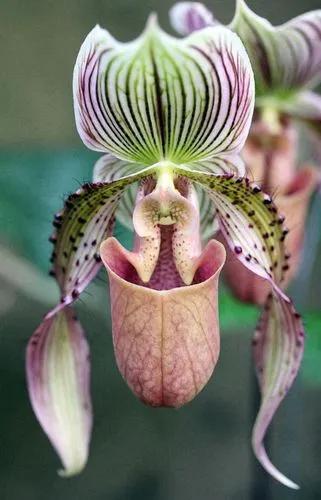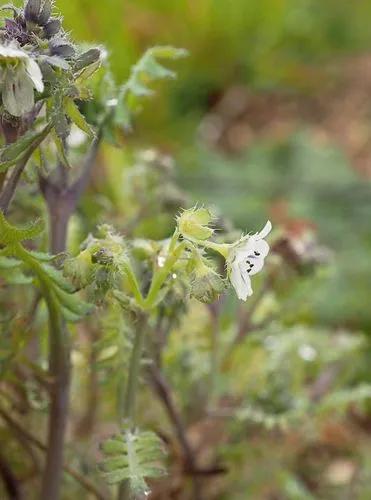Cherry Plum is a desirable choice for gardeners seeking both beauty and productivity. Its attractive deep purple fruits are edible and vary in taste from sweet to sour, making them versatile for eating or cooking. The tree's foliage undergoes captivating color changes throughout the seasons, ensuring a visually pleasing display year-round.
Cherry Plum Care
Prunus cerasifera 'Thundercloud'



Cherry Plum, scientifically known as Prunus cerasifera, is a small deciduous tree originating from regions of Asia and Europe. These trees are known for their beautiful spring blossoms and mouthwatering fruits. The trees typically reach a height of 15 to 25 feet (4.5-7.5 meters) and display an attractive combination of purple or pink flowers against glossy dark green and red foliage. Cherry Plum trees offer both ornamental beauty and a bountiful harvest.
How to Care for the Plant

Container

The only condition for a container is the presence of drainage holes. Also, make sure that the size of the pot accommodates the root ball of the future tree.

Fun fact

Those Plums are among the first fruit trees that bloom in the spring.

Popularity

7,693 people already have this plant 1,321 people have added this plant to their wishlists
Discover more plants with the list below
Popular articles






